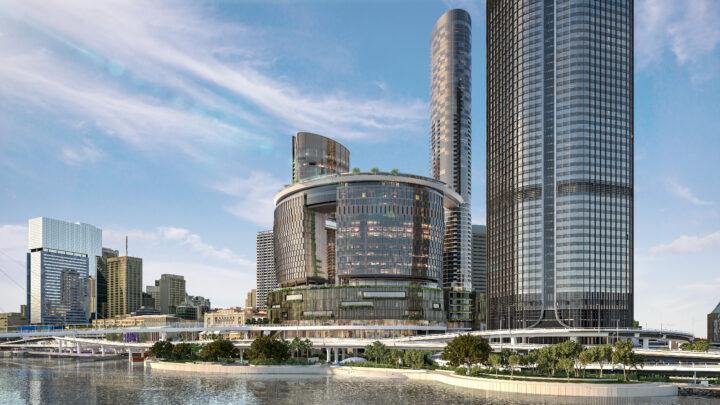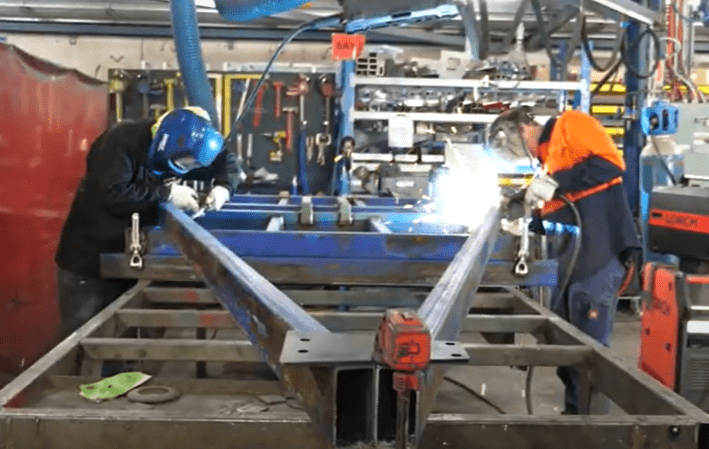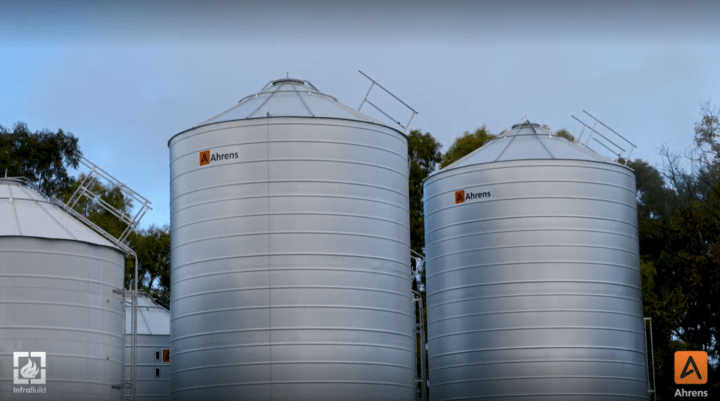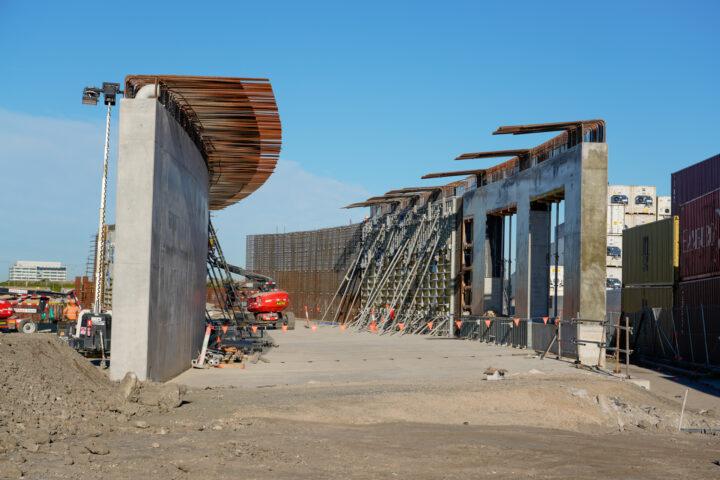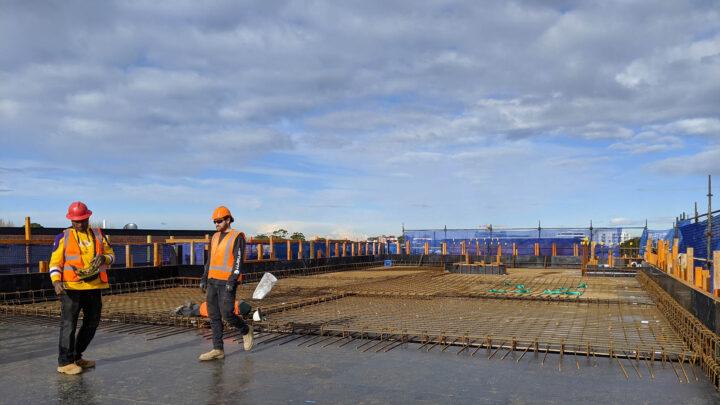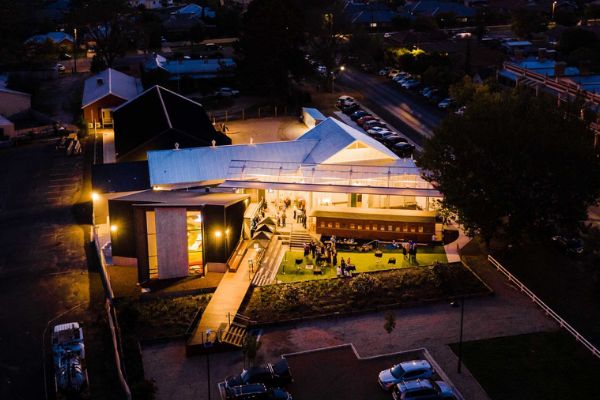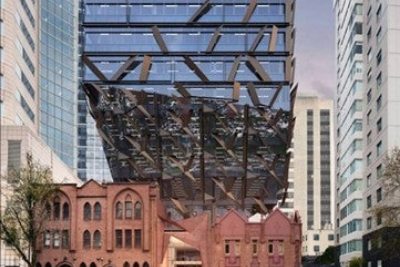
Key Information
- The theme of this year’s Green Cities conference is Energising Communities, ‘sparking sustainable solutions and rethinking resilience’
- The construction industry has a critical role in continuing to improve the sustainability of the built environment
- No construction material lends itself to re-use more readily than steel, with entire steel structures able to be reused at the end of their life
The next addition to Sydney’s skyline will help contribute to the city’s sustainable built environment by re-using a heritage structural steel frame.
This week sees the 2018 Green Cities conference take place in Melbourne, with InfraBuild’s (formerly LIBERTY OneSteel) major sponsorship confirming its commitment to delivering sustainable solutions in construction.
Bringing together key leaders in Australia’s construction and property industries with a commitment to improving the sustainability of the built environment, this year’s conference focus, Energising Communities, is about ‘sparking sustainable solutions and rethinking resilience’.
The construction industry has a critical role in continuing to improve the sustainability of the built environment. Optimising sustainability outcomes in construction requires the support of material suppliers for the full lifecycle of a project, from conception, design, supply and construction, through operation, to end-of-life, with the focus on a Reduce, Re-use and Recycle strategy. Specifying and using stronger, lighter materials, reduced waste and truck movements, local supply and traceability in construction all play an important part, as do recycling and re-use both in the choice of materials used in construction and how they are dealt with at the end of a project’s lifecycle.
Steel aids re-use
No construction material lends itself to re-use more readily than steel, where entire steel structures can be reused at the end of a building’s life as the genesis of an entirely new project. Evidence of this is strikingly visible in Sydney in 2018 where above-ground construction is now underway on the soaring Greenland Centre, which is set to become the city’s tallest residential tower when it’s completed in early 2019.
The tower is being built on the site of the former Sydney Water Board office tower, a 26-storey heritage-listed landmark building on the corner of Bathurst and Pitt streets originally constructed in 1966. Fifty years later, with the building’s façade and interior demolished, the exposed skeleton of the rigid steel frame from the then BHP’s steel mills (now owned by InfraBuild) demonstrates the durability and re-usability of InfraBuild’s hot rolled structural steel and the innovative sustainability-in-construction solutions it can unlock.
The original steel-framed Sydney Water Board tower represented a significant architectural advance, notable at the time for its innovative use of pre-stressed, precast concrete double T beam floor units and precast concrete stairs to shorten construction times.
In its entry in the Australian Institute of Architects’ Nationally Significant 20th Century Architecture, the building is described as incorporating cutting-edge thinking for its time: “To provide column-free office space the double T beams were designed to span 7m between high-tensile steel beams spanning 25m. This innovation broke new ground for the steel supplier BHP. Two floor panels were erected at a time, allowing an entire floor to be laid in one day.”
The adaptive refurbishment will transform the Water Board building into a boutique hotel. The building’s existing steel frame is being re-used, with an additional 40 storeys added above it, making the building an impressive 66 storeys and 235m high. When complete the building will include 479 luxury apartments, plus sub-penthouse and penthouse residences. Also included will be a council-administered 2000sqm creative hub over five floors that will act as a centre for dance, theatre, music, film and the visual arts.
Durability and re-usability
The Greenland Centre emphatically demonstrates the durability and re-usability of steel. But steel is not just re-usable – it is also an infinitely recyclable material. The demolition and recycling of construction materials from buildings at the end of their life is a major source of scrap steel for InfraBuild Recycling (formerly LIBERTY Recycling), which handles in excess of 1.2 million tonnes of ferrous scrap and 0.25 million tonnes of nonferrous scrap per annum throughout Australia. The scrap is then recycled into new steel through InfraBuild’s Electric Arc Furnace (EAF) steel mills.
InfraBuild is committed to the promotion of the recovery, re-use and recycling of steel to deliver optimised sustainability outcomes for Australia’s construction industry and is proud to be a major sponsor of the Green Building Council of Australia and Property Council of Australia’s Green Cities conference as it focuses the construction and property industries on initiatives to deliver a more sustainable built environment.
InfraBuild’s own initiatives include the publishing of the sustainability credentials of our supply chain and products in independently verified Environmental Product Declarations (EPDs), which comply with the requirements of a valid EPD recognised in the Green Star Design Rating Tool (Green Building Council of Australia) and the IS® Rating Tool (Infrastructure Sustainability Council of Australia).
Related Case Studies
Subscribe to the
InfraBuild newsletter
Receive regular updates on news, case studies as well as the latest products and services.

